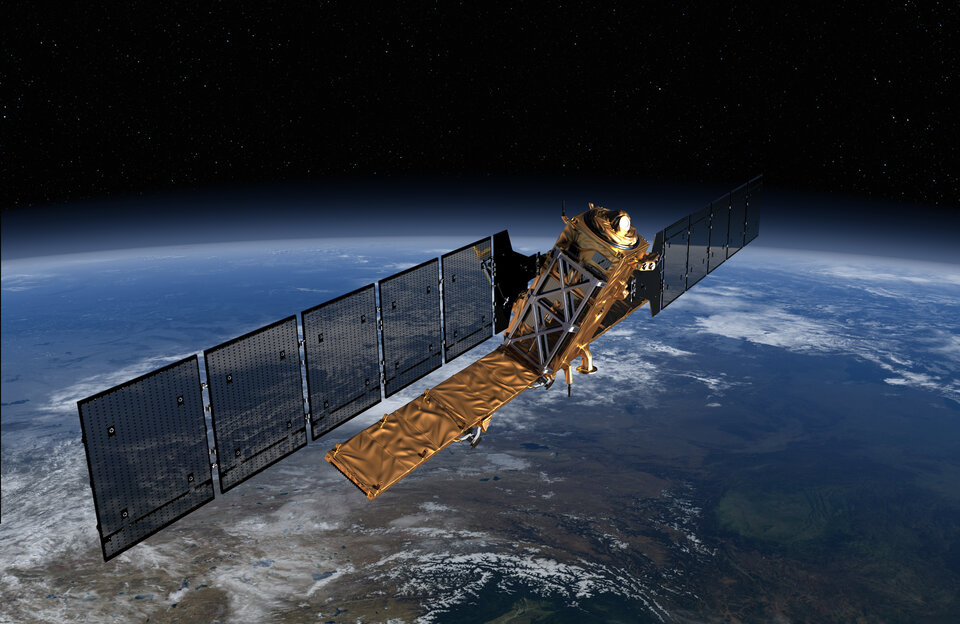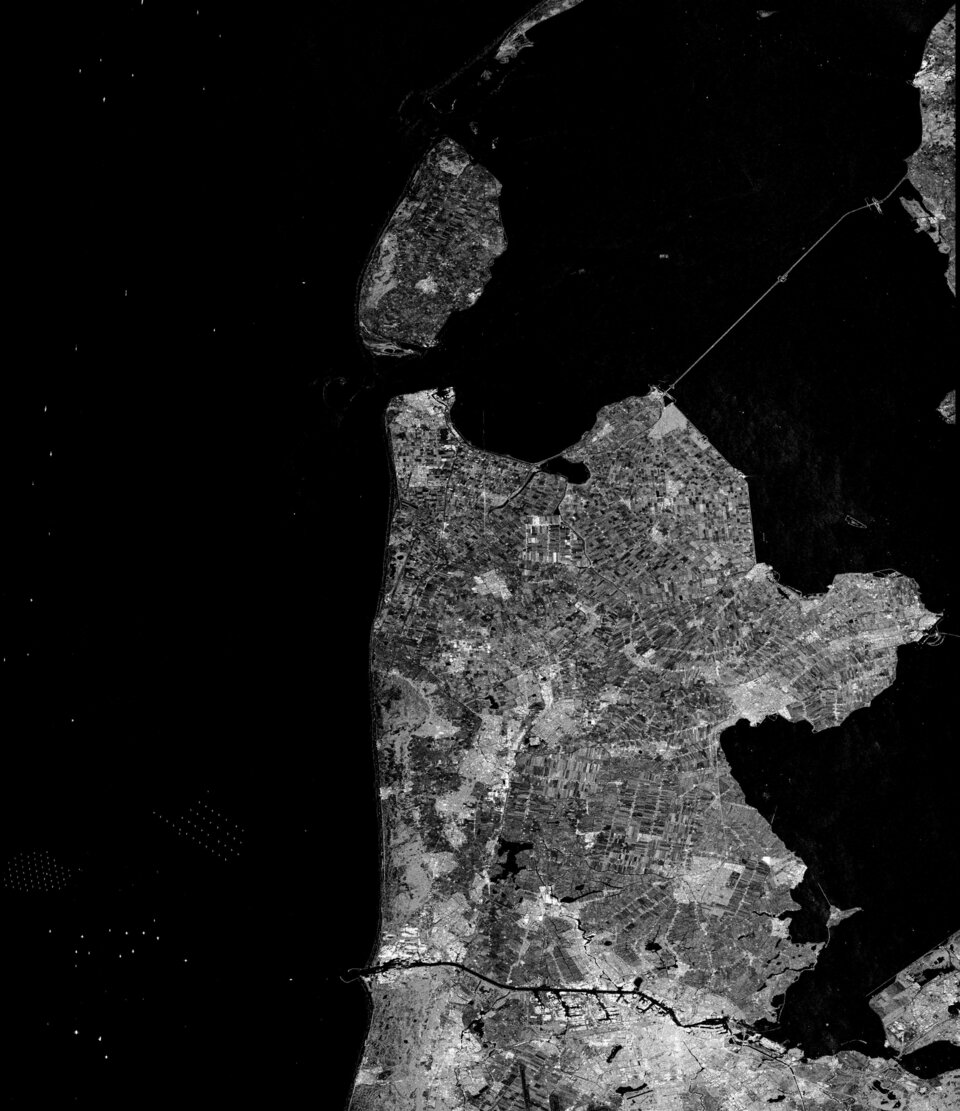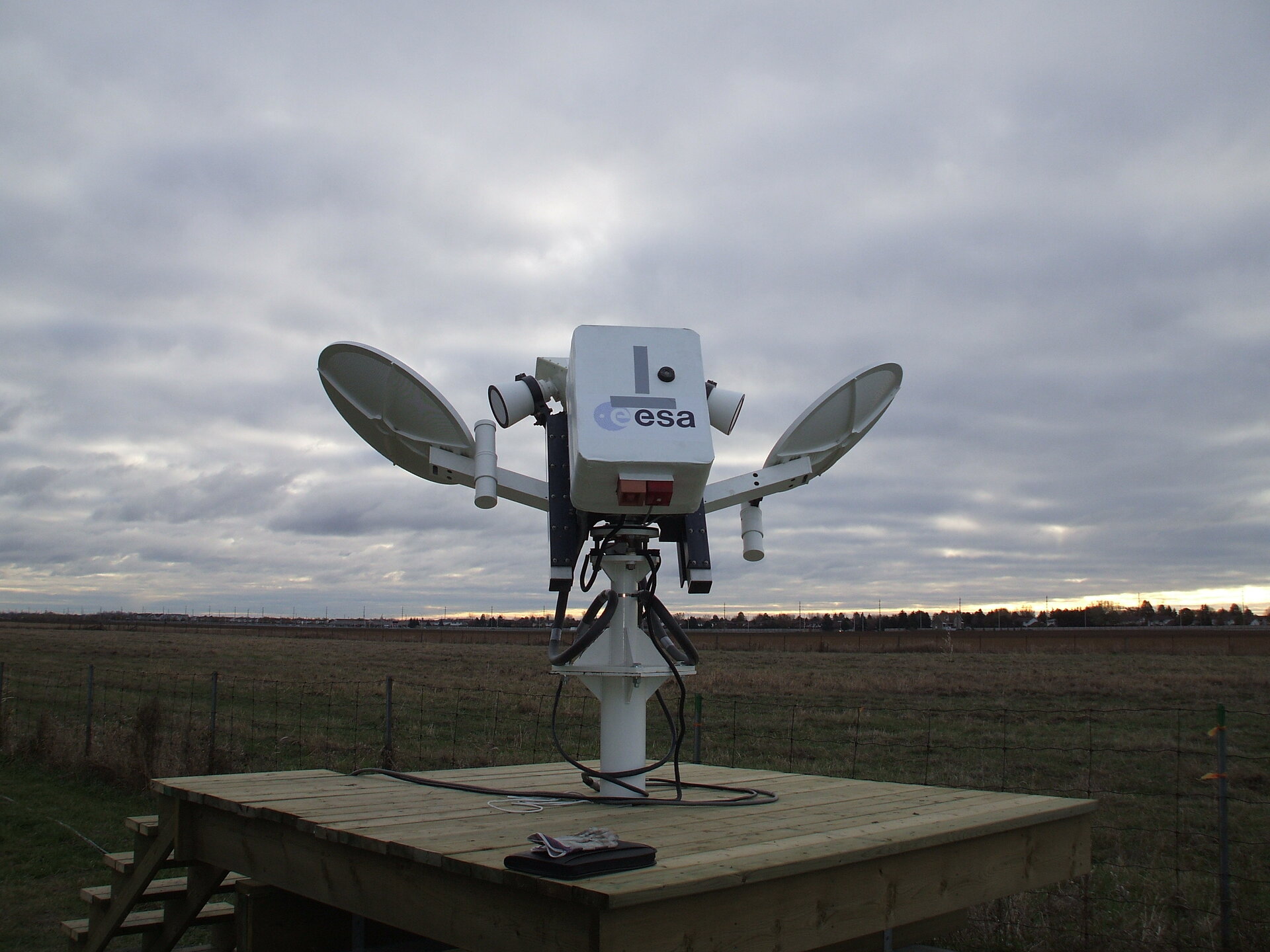Apply for ‘Sentinel-1 Student Transponders’ project
If you are a university student from Poland, Czech Republic or Romania and you would like to be on the space scene when the first Copernicus’ Sentinel-1 satellite starts monitoring the Earth next year, apply for the new ESA ‘Sentinel-1 Student Transponders’ project.
The project consists in redesigning Earth-based ESA satellite transponders to communicate with the Sentinel-1 satellite once it has started its mission in space.
With this new educational project, students from the newest ESA Member States will have the opportunity to gain experience with real space equipment and data, closely supervised by space professionals, in the context of two of the most ambitious Earth observation programmes to date, Copernicus and the now concluded Envisat mission.
Proposals shall be submitted by 15 November 2013.
About the project

The ‘Sentinel-1 Student Transponders’ project involves the use of two former Envisat/ASAR ground-based transponders with the forthcoming Copernicus Sentinel-1 Synthetic Aperture Radar (SAR) mission, part of the Copernicus programme.
The Envisat/ASAR transponders (see photo) are composed of a central unit with two antennas; one for receiving and one for transmitting radar pulses. The transponders are very stable radar targets, with dimensions of about 1,20m x 1,20m in total and they are used for the radiometric calibration of the SAR signal.
Students will have to work in teams and go through a design and an application phase. In the first phase, they will have to modify the circuitry of the transponders (change of the radio frequency, or RF, and other adjustments) in order to make them compatible with the Copernicus Sentinel-1 SAR instrument; the latter operates at a centre frequency of 5.405 GHz (C-band).

In the second phase, the students will be given by ESA the opportunity to use the modified transponders in combination with the Sentinel-1 satellite in orbit and focus on making real measurements with the Sentinel-1’s SAR, experiencing spacecraft operations, data processing and scientific analysis.
In order to implement the project, the two available transponders will be delivered by ESA to the selected student teams at their respective universities. Together with each transponder, the selected teams will receive all the necessary documentation, such as technical characteristics of the Sentinel-1 mission, transponder description and user manual.
The project also includes dedicated lectures on relevant related topics which will be organised by ESA at the selected universities. ESA will also sponsor a limited number of students per team to participate in workshops at ESA establishments where the work performed will be reviewed, each team’s results will be presented and where they will be able to interact with ESA experts.
The teams will be able to receive on-call technical assistance throughout the duration of the project.
Once the project is concluded, a limited number of student team representatives will also be invited and sponsored by ESA to present their results at a specialised Earth Observation professional conference or symposium.
Two university teams will be selected out of those who submit a proposal. The selection will be performed by a panel of space experts from ESA and industry and it will be based on the quality of the proposal and of the teams.
Find out How to apply.
Background information
The Copernicus programme, formerly known as Global Monitoring for Environment and Security (GMES), is set to establish a European capacity for Earth Observation and is the most ambitious programme of its kind to date.
With its five Sentinel satellites acquiring Earth data from space and a vast system of sensors on Earth, Copernicus will provide a unified system through which the data acquired are fed into a range of thematic information services. These are used to protect and manage land, the marine environment and the atmosphere, in order to provide emergency response and security, and to monitor climate changes.
Copernicus is an initiative led by the European Commission (EC) in partnership with the European Space Agency (ESA) which manages the space component, and the European Environment Agency (EEA).















 Germany
Germany
 Austria
Austria
 Belgium
Belgium
 Denmark
Denmark
 Spain
Spain
 Estonia
Estonia
 Finland
Finland
 France
France
 Greece
Greece
 Hungary
Hungary
 Ireland
Ireland
 Italy
Italy
 Luxembourg
Luxembourg
 Norway
Norway
 The Netherlands
The Netherlands
 Poland
Poland
 Portugal
Portugal
 Czechia
Czechia
 Romania
Romania
 United Kingdom
United Kingdom
 Slovenia
Slovenia
 Sweden
Sweden
 Switzerland
Switzerland

























